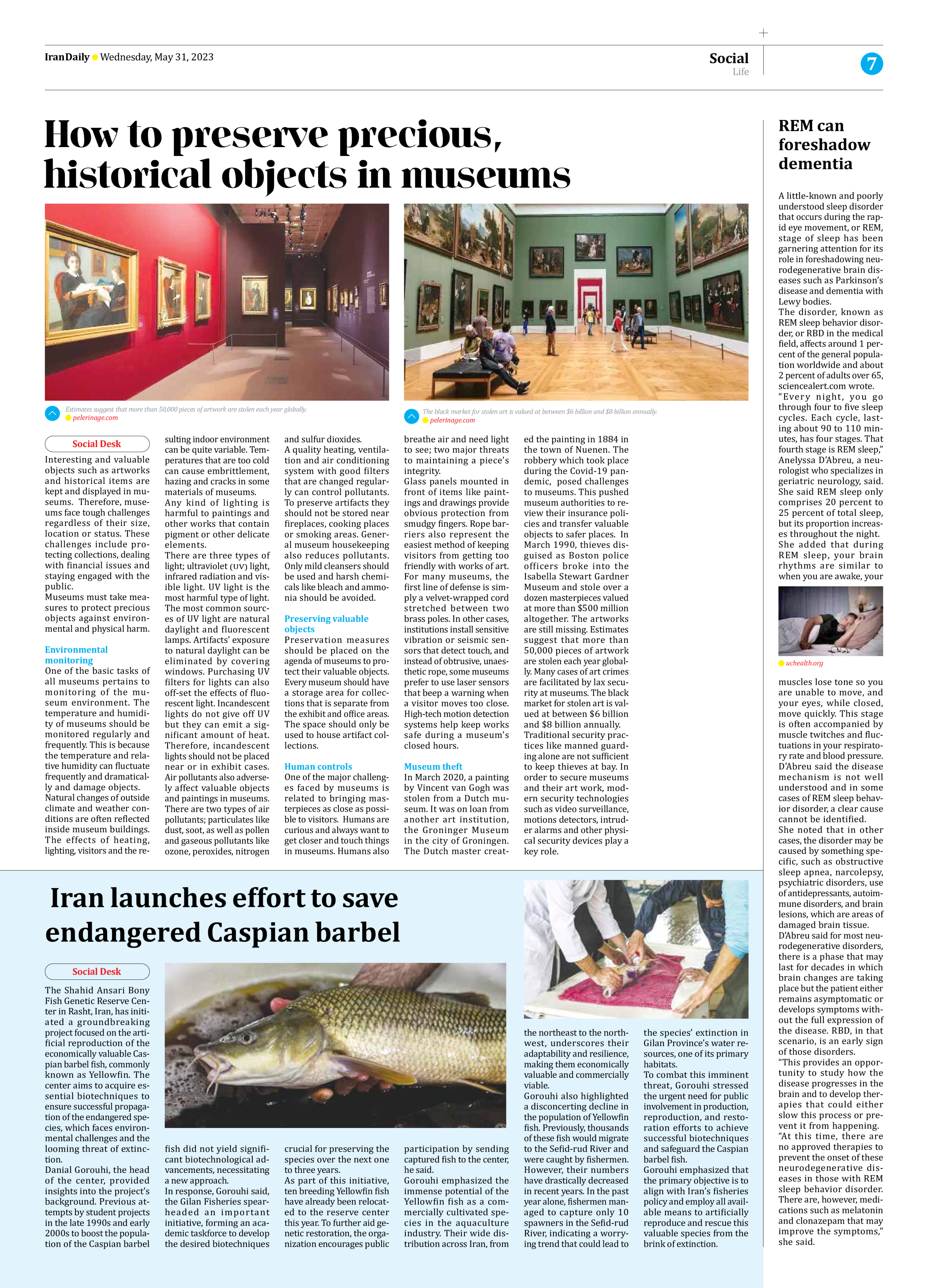
Iran launches effort to save endangered Caspian barbel
The Shahid Ansari Bony Fish Genetic Reserve Center in Rasht, Iran, has initiated a groundbreaking project focused on the artificial reproduction of the economically valuable Caspian barbel fish, commonly known as Yellowfin. The center aims to acquire essential biotechniques to ensure successful propagation of the endangered species, which faces environmental challenges and the looming threat of extinction.
Danial Gorouhi, the head of the center, provided insights into the project’s background. Previous attempts by student projects in the late 1990s and early 2000s to boost the population of the Caspian barbel fish did not yield significant biotechnological advancements, necessitating a new approach.
In response, Gorouhi said, the Gilan Fisheries spearheaded an important initiative, forming an academic taskforce to develop the desired biotechniques crucial for preserving the species over the next one to three years.
As part of this initiative, ten breeding Yellowfin fish have already been relocated to the reserve center this year. To further aid genetic restoration, the organization encourages public participation by sending captured fish to the center, he said.
Gorouhi emphasized the immense potential of the Yellowfin fish as a commercially cultivated species in the aquaculture industry. Their wide distribution across Iran, from the northeast to the northwest, underscores their adaptability and resilience, making them economically valuable and commercially viable.
Gorouhi also highlighted a disconcerting decline in the population of Yellowfin fish. Previously, thousands of these fish would migrate to the Sefid-rud River and were caught by fishermen. However, their numbers have drastically decreased in recent years. In the past year alone, fishermen managed to capture only 10 spawners in the Sefid-rud River, indicating a worrying trend that could lead to the species’ extinction in Gilan Province’s water resources, one of its primary habitats.
To combat this imminent threat, Gorouhi stressed the urgent need for public involvement in production, reproduction, and restoration efforts to achieve successful biotechniques and safeguard the Caspian barbel fish.
Gorouhi emphasized that the primary objective is to align with Iran’s fisheries policy and employ all available means to artificially reproduce and rescue this valuable species from the brink of extinction.







